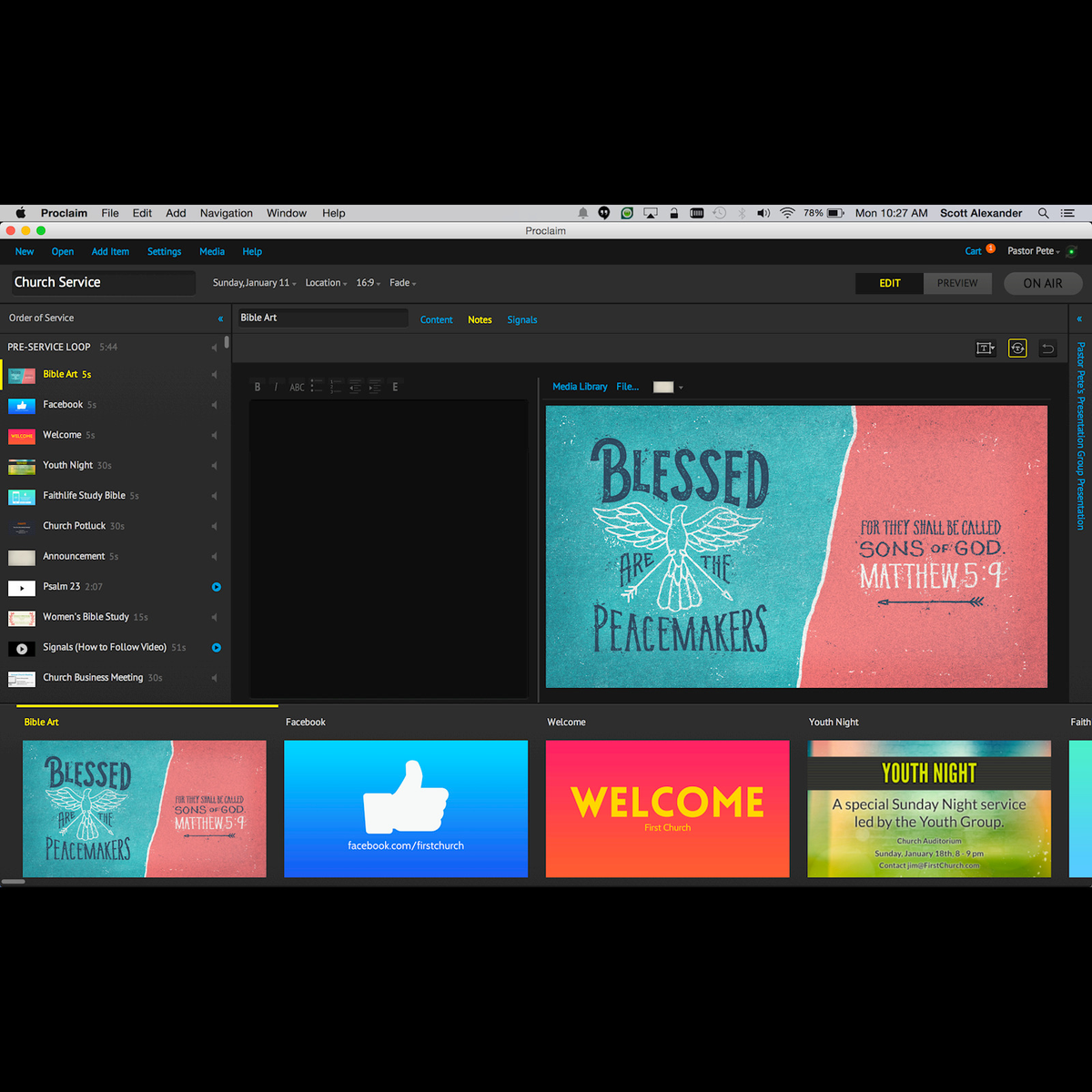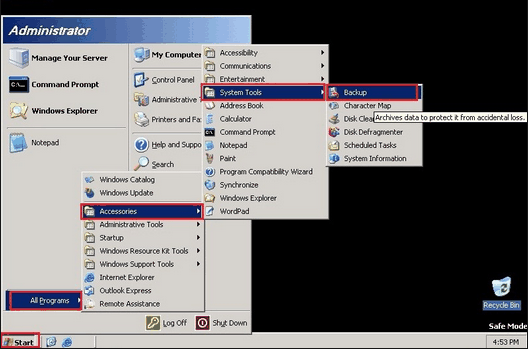Installing WD Backup was easy, and of course, all the software and user manuals are on the drive itself. After I connected the drive to my laptop with the included USB 3.0 cable I. I recently purchased a Western Digital My Passport Ultra 2TB. I was wondering whether I should use the included software or use the backup options built in to Windows 10.
- My Book Backup Software Download Windows 7
- My Book Backup Software Download For Mac
- My Book Backup Software Download For Pc
- My Book Backup Software
So you dropped your phone in the street. Then it was run over. Twice. And then you were almost hit by a Subaru trying to rescue it from the middle of the crosswalk.

If this sad story sounds familiar — or at least plausible — chances are that the first thought racing through your head, as an onslaught of cars raced over your phone, was of all the contacts, photos, text messages, and notes stored on your device. What’s an Android aficionado to do in a case like this? Like your mother once said: “Plan ahead.”
Planning ahead is the easiest way to make sure your data isn’t lost to the ether, even if your phone is destroyed. Luckily, Google automatically syncs your contacts, calendar appointments, docs, and even app purchases — as long as you give it permission to do so. While Google will preserve a lot of your data, there are other methods and backup programs that you might consider using. Read on to find out how to back up your Android phone’s content to your PC.
Stick with Google
My Book Backup Software Download Windows 7
Giving Google permission to back up your stuff will vary slightly from phone to phone, and there are a couple of ways to do it. The easiest route is Settings > Google > Backup. On a Samsung Galaxy phone, you can also get there via Settings > Cloud and accounts > Backup and restore > Google account. If you have one of Google’s Pixel phones or another stock Android device, then you can also follow these steps: Settings > System > Advanced > Backup > Back up to Google Drive. For devices running Android 8.1 and up, that should cover the following:
- App data (installed apps and settings)
- Call history
- Contacts
- Device settings (including Wi-Fi paswords, wallpapers, and default apps)
- Photos & videos
- SMS text messages (doesn’t include MMS)
For some older Android devices, the full list is as follows:
- Google Contacts data
- Google Calendar events and settings
- Wi-Fi networks and passwords
- Wallpaper
- Gmail settings
- Apps
- Display settings (brightness and sleep)
- Language and input settings
- Date and time
- Settings and data for apps not made by Google (varies by app)
You can also potentially add a few more bits and pieces to that list and configure precisely what you do and don’t want backed up. While in Settings, go to Accounts and click on your Google account, then tap Account sync. On a Samsung Galaxy, it’s Settings > Cloud and accounts > Accounts > Google > Sync account. It may be slightly different on different devices and versions of Android, but what you’re looking for is a long list of sync icons covering things like Calendar, Chrome, Contacts, Docs, Drive, Gmail, Google Fit data, Google News, Google Play Movies & TV, Google Play Music, Keep Notes, People details, Play Games Cloud Save, and any other service you can virtually back up. The list will differ depending on what you have on your phone. Make sure to toggle on everything you want backed up. That’s it.
Drag and drop content from your device to PC
Photos, videos, and music from your Android phone may also be transferred directly to your PC or Mac by plugging your phone into your computer and manually copying the files over to your hard drive. It’s not a perfect solution, but it’s quick and easy, especially on a PC where Windows will mount it as an external drive.
All you need to do is plug your phone into your computer and if it doesn’t pop up as a drive straight away, pull down the notification shade on your phone, then expand the notification that says something like Charging this device via USB, tap for more options, and select File Transfer.
What if Windows doesn’t detect my smartphone?
Do you have the correct USB cable? Sometimes people try to connect their smartphones to their computers with any Micro USB or USB-C cable they have lying around, but not all cables are created equal, so this may be the reason why your smartphone isn’t showing up in Windows. In the picture above, for example, the third-party cable on the left is only able to charge an Android smartphone. The official LG Micro USB cable on the right, however, is capable of transferring data.
Once you have the proper cable connected, your smartphone will be listed in the Windows File Explorer as one of your drives. If you’re using a Mac, download Android File Transfer, install the software, and run it upon connecting your phone. It’ll start up automatically after that.
Go with a third-party backup utility
We strongly recommend that you stick with Google for your backup needs, but there are alternatives if you don’t want to go with Google for some reason.
My Backup Pro
If we were to design a straightforward backup system for Android, it would probably work just like My Backup Pro. Available in the Google Play Store for $7, this app backs up everything that’s possible to back up without having your phone rooted — photos, app data, browser bookmarks, contacts, system settings, home screen shortcuts, alarms, calendars, MMS messages, SMS messages, music, and more. The app allows you to schedule backups at convenient times, like when you’re sleeping, and saves the backup files either to the MicroSD card in your phone or to the cloud, making your data instantly accessible at the My Backup Pro site. If your phone dies or if you move to a new phone, use My Backup Pro’s software to restore all of your settings, data, and apps in a single session. It looks very dated but it works.

You could also take a look at G Cloud Backup.
SMS Backup & Restore
Want to preserve every last drunken text message for posterity? SMS Backup & Restore is a free app that integrates with your email account, Google Drive, or Dropbox to back up your SMS messages in XML format. You can store backups on your computer and send them via email. It’s possible to view and restore your messages selectively, or all at once. You can also use the app to schedule regular backups.
Use your device manufacturer’s software
Nearly every smartphone manufacturer out there offers some kind of backup solution for your device. Most of them are shifting away from computer-based backups to easy switching apps that let you port across your contacts, photos, messages, and the rest. Here’s a list of some of the options:
If you have rooted your Android device, then you should have a look at Titanium Backup. It’s a powerful backup tool that’s packed with power-user features.
My Book Backup Software Download For Mac
Back up now
If you don’t back up, then you run the risk of losing everything. When it’s gone, it can be very hard or even impossible to recover, so if it matters to you — don’t delay, back it up today.
My Book Backup Software Download For Pc

Comments are closed.